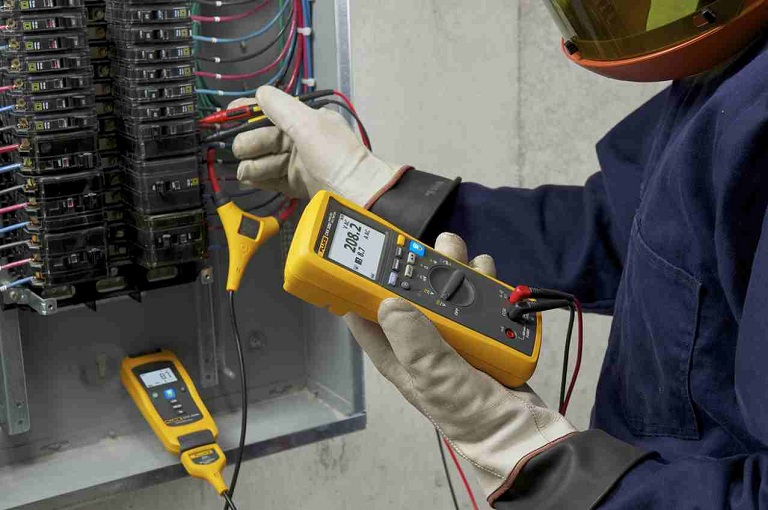Contents
If you are looking for a tool that will measure the continuity, voltage, capacitance, resistance, current, and temperature, then look no further than a multimeter. While not all models will do the same thing, they generally work the same. There are a few things to look for when you are looking for multimeters for sale which includes necessities, nice extras, and things that you probably won’t use that much. Below we will be going over what you should look for in a multimeter and how you can get familiar with the device so you can use it more easily.

The first thing we should cover is the absolute necessities you will need. The first is a continuity tester, a resistance tester, DC & AC voltage tester and a diode tester. Some added extras that you should look for are an auto off function, an AC & DC current tester, a stand to prop it up, auto ranging, a hold function, and a multimeter that can be used with common found batteries. Some of the things you will probably rarely use are the frequency counter, the capacitance tester, the inductance tester, the duty cycle function, and the temperature probe. While your job may require you to use all these things we have listed the functions that you will probably use more so than others.
A few steps that you can take to get familiar with your device include:
Locating the dial of your multimeter
There are two types of dials, some are analogue and the other is digital. i.e freedom apk The function between the two is basically the same, the only real difference being is that the digital scale will give you a numerical readout which may make things easier.
Finding the selector knob or switch
This part of the device is what allows you to change between amps, ohms, volts, as well as changing the scale of the multimeter. All of the functions that come with a multimeter have different ranges so you should always remember to have the set correctly for the most accurate results.
Locate where the test leads will go
There are usually several jacks that come built into a multimeter for test leads. The jacks for test leads are labelled differently and some of them are probably labelled as ‘COM’ which stands for common, other jacks should be labelled as ‘V’, and ‘+’ and ‘-‘. There are also additional jacks that are needed for current or high voltage testing and it is important that you know which jacks are for what. When choosing among the various multimeters for sale, bare in mind that they should come with a guide so you can get familiar with what jacks the multimeter comes with.
Find your test leads
Most multimeters will come with their own set of test leads. There should be two test leads and most commonly one is black and the other is red. These are used the most often when you want to test and measure something. Don’t fret if you don’t have test leads or your multimeter difdn’t come with them as they are really widely available and easy to buy.
Know where the batteries go
On most models, it is found on the back because the front is taken, in some cases, it may be on the side. This compartment should also hold the fuse as well as the batteries it uses. You should know what batteries your multimeter uses so you can buy spares and keep them around for when you will need them. You should only use good batteries that are charged to get the most accurate results.
Get familiar with the zero adjustment function
Last but not least, this is something that you will need to use in the ohms range or the resistance range so it is best to know where it is early on. It is used to get the needle or digital scale to 0. If the multimeter does not want to do this or struggles then that is also a sign of weak batteries.

